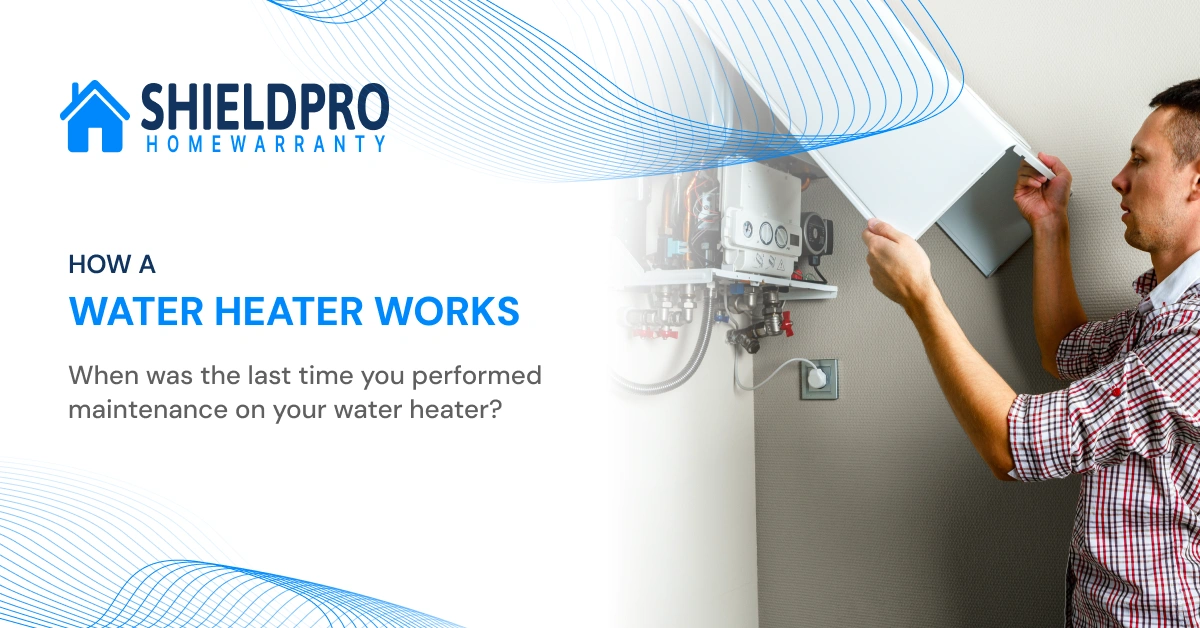
When summer season temperatures climb, deciding on the right cooling device turns into a pinnacle priority for homeowners. Two of the maximum common options are Central Air Conditioning (Central AC) and Split Air Conditioning systems (typically referred to as ductless mini-splits).
Both have their very own advantages and downsides. But which device is better for your private home? The answer depends on factors like price range, energy efficiency, home format, existing ductwork, and personal consolation possibilities.
This article will cover the whole thing you need to recognise about Central AC vs Split AC—from how they paintings to set up, fee, performance, and lengthy-time period maintenance—so you can make the nice choice for your house.
Understanding the Basics
What is Central AC?
Central AC is a entire-domestic cooling machine that makes use of ductwork to distribute air. It includes:
- An out of doors unit (condenser) that expels warmness.
- An indoor unit (evaporator coil/air handler) that cools the air.
- A network of ducts that supply cool air to every room via vents.
Think of Central AC as one system that cools your complete residence straight away.
What is Split AC (Mini-Split)?
Split AC, often referred to as a ductless mini-cut up machine, is a cooling answer where each room or region has its own indoor air-coping with unit related to an outside compressor.
Instead of counting on ducts, refrigerant traces connect the indoor gadgets directly to the out of doors unit. Each unit operates independently, allowing you to set exceptional temperatures in unique rooms.
This makes Split AC an tremendous preference for houses with out ductwork or for folks who need zoned consolation.
How Central AC Works
- Warm air from within the home is pulled into the go back ducts.
- The air passes over an evaporator coil full of refrigerant, which absorbs the heat.
- The cooled air is pushed lower back into the ducts and distributed throughout the residence.
- The out of doors condenser releases the absorbed warmness out of doors.
Result: The entire home is cooled uniformly with one thermostat controlling the machine.
How Split AC Works
- Each indoor unit draws in heat air from the room.
- The air passes over a coil with refrigerant, which gets rid of the heat.
- The cooled air is blown returned directly into the room.
- Refrigerant strains deliver the heat outside to the out of doors compressor.
Result: Each indoor unit cools its very own area, providing you with more manipulate over which rooms are cooled.
Pros and Cons of Central AC
Pros
- Whole-home cooling: Keeps the whole house at a constant temperature.
- Cleaner appearance: Only vents are visible—no bulky indoor gadgets.
- Air filtration: Central AC improves indoor air satisfactory via filtering dust, pollen, and allergens.
- Integration with heating: Can be paired with a furnace or warmness pump for yr-round HVAC.
Cons
- High upfront set up fee: Especially if your property doesn’t have already got ducts.
- Energy loss: Duct leaks can waste 20–30% of cooled air.
- Less flexible: You can’t manage room-by-room temperatures with out additional zoning.
- Maintenance desires: Duct cleansing and filter adjustments are required frequently.
Pros and Cons of Split AC
Pros
- Zoned cooling: Cool most effective the rooms you operate, saving strength.
- No ductwork wished: Ideal for older homes, renovations, or additions.
- High performance: Eliminates duct electricity losses.
- Flexible set up: Indoor gadgets may be installed on partitions, ceilings, or flooring.
- Heating capability: Many mini-splits also feature as heat pumps, presenting 12 months-round comfort.
Cons
- Higher in advance value for more than one rooms: Installing several indoor gadgets can get high priced.
- Visible devices: Indoor gadgets may also clash with room aesthetics.
- Multiple gadgets to maintain: Each indoor unit calls for cleansing.
- Outdoor unit dependency: If the out of doors compressor fails, all connected indoor units prevent working.
Energy Efficiency: Central AC vs Split AC
- Central AC: Efficiency depends on the SEER rating (Seasonal Energy Efficiency Ratio). However, duct leaks and bad insulation can significantly reduce overall performance.
- Split AC: Typically greater efficient because they keep away from duct-related strength losses. Some excessive-cease mini-splits attain SEER rankings above 20.
If you prioritize lower strength bills, split AC commonly wins.
Installation Costs
- Central AC: If ductwork is already in location, installation is easy. But including ducts to a ductless domestic can cost heaps of bucks.
- Split AC: Lower hard work value in line with unit, but putting in multiple devices all through the house could make it as high-priced—or greater steeply-priced—than critical AC.
Lifespan and Maintenance
- Central AC lifespan: 12–15 years with right upkeep. Requires duct cleaning, clear out substitute, and low upkeep.
- Split AC lifespan: 15–two decades. Indoor units need normal cleaning, and refrigerant strains should be checked for leaks.
Split AC may additionally ultimate longer however calls for more person unit protection.
Comfort and Air Quality
- Central AC: Offers steady cooling throughout the house. The imperative filter out machine improves air pleasant all through the residence.
- Split AC: Allows for customized comfort in each room, however filtration is restrained to man or woman gadgets.
Noise Levels
- Central AC: The loudest factor (compressor) is outdoors, at the same time as the indoor gadget in all fairness quiet.
- Split AC: Indoor devices are designed to be quiet, although more than one gadgets running concurrently may additionally produce extra considerable noise.
Which System Adds More Value to Your Home?
- Central AC: Often boosts resale value because it’s seen as a general home characteristic.
- Split AC: Increasingly popular in modern electricity-efficient houses, but a few shoppers nonetheless select significant structures for aesthetics.
Best Use Cases
- Choose Central AC if:
- Your home already has ductwork.
- You want a hidden machine and not using a visible indoor gadgets.
- You need complete-home consolation with one thermostat.
- Choose Split AC if:
- Your home doesn’t have ducts.
- You need zoned cooling for power savings.
- You’re renovating or including new rooms.
- You need heating and cooling in one machine.
Central AC vs Split AC: Quick Comparison Table
Central AC vs Split AC: Quick Comparison Table
| Feature | Central Air Conditioner | Split Air Conditioner (Mini-Split) |
|---|---|---|
| Coverage | Whole-home cooling through ducts | Zoned/room-by-room cooling |
| Installation | Requires ductwork; costly if ducts not present | No ducts needed; easier installation |
| Upfront Cost | High (especially without ducts) | Moderate for single rooms; higher if multiple units needed |
| Energy Efficiency | Lower due to duct losses (20–30% energy waste possible) | Higher efficiency; avoids duct losses, SEER ratings often above 20 |
| Air Quality | Centralized filtration improves whole-home air quality | Each indoor unit filters only its own room |
| Noise Levels | Quiet indoors; outdoor compressor makes most noise | Quiet operation; multiple units may add noticeable hum |
| Aesthetics | Clean look with hidden vents only | Indoor wall/ceiling units visible in each room |
| Maintenance | Requires duct cleaning + filter replacements | Each indoor unit needs cleaning; refrigerant lines must be checked |
| Lifespan | 12–15 years with proper care | 15–20 years with maintenance |
| Heating Capability | Needs separate furnace/heat pump | Many mini-splits double as heat pumps for year-round use |
| Home Value Impact | Often increases resale value; considered a standard feature | Growing popularity, but some buyers still prefer central AC |
| Best For | Large homes with existing ducts, homeowners wanting uniform cooling | Homes without ducts, renovations, room additions, or zoned comfort seekers |
Final Verdict: Which Should You Choose?
Both systems can provide first-rate consolation, but the nice choice depends on your own home’s needs:
- Central AC is good for homeowners who want a seamless, complete-domestic cooling solution and have already got ductwork.
- Split AC is the better choice in case you want electricity-efficient, customizable cooling with out the need for ducts.
Ultimately, the proper machine balances value, consolation, performance, and home format.
FAQs About Central AC vs Split AC
Q1. Is Split AC less expensive to run than Central AC?
Yes. Split AC is regularly inexpensive to run as it gets rid of duct losses and permits zoned cooling.
Q2. Can I install Central AC with out ducts?
It’s possible, however installing new ductwork is expensive. A ductless mini-break up is mostly a better option.
Q3. Do mini-splits provide heating too?
Yes, many mini-splits are warmth pumps that provide both heating and cooling.
Q4. Which system lasts longer?
Split AC typically lasts 15–20 years, whilst Central AC lasts 12–15 years.
Q5. Which gadget improves air high-quality more?
Central AC improves air best throughout the entire domestic, even as split AC improves air best in character rooms.
Conclusion
Choosing among Central air conditioner and Split air conditioner depends on your own home’s shape, budget, and comfort wishes.
- If you need whole-domestic cooling and have already got ducts, Central AC is the manner to head.
- If you decide on energy-efficient, duct-free, zoned comfort, a Split AC machine is the smarter desire.
Both systems can supply consolation and efficiency, however the proper choice will maximize financial savings and ensure a groovy, comfortable domestic for years yet to come.









